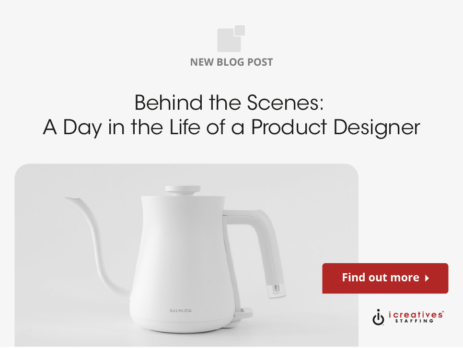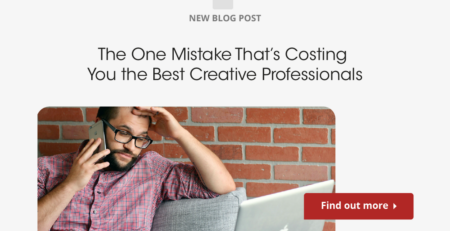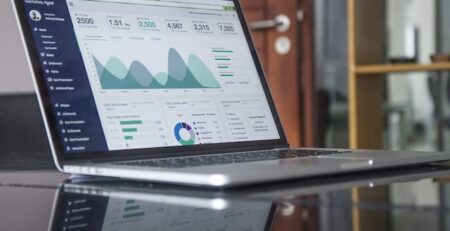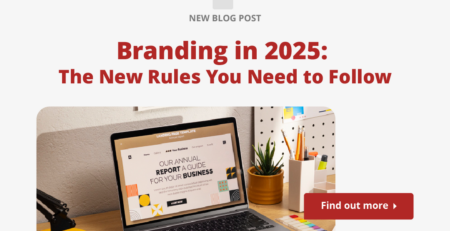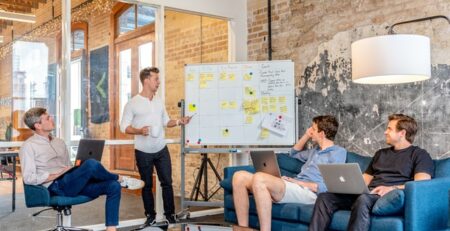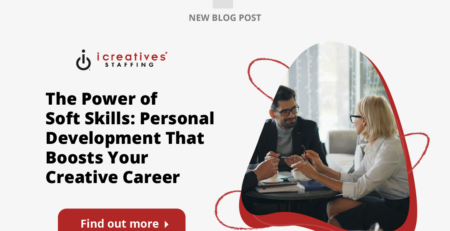Behind the Scenes: A Day in the Life of a Product Designer
Product design is a dynamic field that combines creativity, strategic thinking, and user empathy to develop innovative solutions. A day in the life of a product designer is varied and challenging, filled with tasks that range from sketching new ideas to refining existing products and collaborating with cross-functional teams. This article delves into the typical daily activities, the tools and techniques used, and the common challenges faced by product designers. Additionally, it explores how emerging technologies, particularly AI, are transforming the product design landscape, enhancing creativity and efficiency.
The role of a product designer is crucial in shaping the products we use every day, making it a career that is both demanding and rewarding. Whether working on digital interfaces, consumer electronics, or household items, product designers strive to improve user experiences and functionality. Their work requires a deep understanding of user needs, market trends, and the latest technologies.
This comprehensive look into a product designer’s day will provide insights into the skills needed to succeed in the field, the challenges that come with the job, and the satisfaction of creating products that meet and exceed user expectations. For those interested in a career in product design or simply curious about the process behind product development, this exploration offers a valuable perspective.
Join us as we uncover the intricacies of a product designer’s daily life, highlighting the impact of their work on our everyday interactions with technology and consumer products. From initial concept to final product, the journey of a product designer is one of continuous learning and adaptation.
Understanding the full scope of a product designer’s role not only enhances appreciation for the products we often take for granted but also highlights the importance of design in driving innovation and user satisfaction.
Most Asked Questions About a Day in the Life of a Product Designer
- What does a typical day for a product designer look like?
- What skills are essential for a product designer?
- How do product designers use AI to enhance their work?
- What are the biggest challenges faced by product designers?
- How can aspiring product designers break into the industry?
What Does a Typical Day for a Product Designer Look Like?
A typical day for a product designer is a blend of creative brainstorming, practical problem-solving, and collaboration with various teams. The day often starts with a review of the latest project updates or feedback from user testing sessions. This information helps in prioritizing the day’s tasks and adjusting project timelines accordingly.
Designers frequently engage in ideation sessions where they sketch out multiple concepts and prototypes. These sessions are crucial for exploring different design solutions and iterating on them based on team input and user feedback. Tools like Adobe XD and Sketch are commonly used for creating wireframes and design prototypes.
Meetings with cross-functional teams, including engineering, marketing, and product management, are regular. These discussions ensure that the design aligns with technical specifications and business objectives. Effective communication and collaboration tools, such as Slack and Asana, facilitate these interactions.
User testing is another critical component of a product designer’s day. Observing real users interacting with prototypes provides invaluable insights that drive further refinements in the design. This user-centered approach helps in crafting products that truly resonate with the target audience.
The day might also include some time for professional development, such as attending webinars, reading industry articles, or learning new tools that can enhance design efficiency and effectiveness.
For more on managing daily tasks effectively, check out our guide on boosting productivity with AI tools at work.

What Skills Are Essential for a Product Designer?
Product designers need a diverse set of skills to succeed in their roles. Technical skills such as proficiency in design software like Adobe Illustrator, Photoshop, and 3D modeling tools are fundamental. These tools help designers visualize their ideas and create detailed designs that can be shared with stakeholders and developed into functional products.
Creative problem-solving is at the heart of product design. Designers must think innovatively to develop solutions that not only look appealing but also address user needs and stand out in the market. This requires a deep understanding of user behavior, market trends, and the ability to synthesize this information into compelling product features.
Communication and collaboration are also crucial. Product designers work with teams across different departments to bring a product to life. They must be able to clearly articulate design concepts and the rationale behind them, as well as listen to and integrate feedback from team members and users.
Empathy is another essential skill. Understanding and anticipating user needs and challenges allows designers to create more intuitive and accessible products. This user-centric approach is what makes products truly effective and beloved by users.
To enhance these skills, consider exploring ways to recognize and develop talent within your team.
How Do Product Designers Use AI to Enhance Their Work?
AI is increasingly becoming a vital tool in the product designer’s toolkit. AI technologies can automate routine tasks, provide data-driven insights, and even stimulate creative processes. For instance, AI can analyze user data to identify patterns and preferences, which can inform more targeted and effective design decisions.
AI-powered design tools can generate design variations more quickly than manual processes, allowing designers to explore a broader range of options. Tools like Autodesk’s generative design technology enable designers to input design goals and parameters, and then AI generates a number of optimized designs that meet those criteria.
AI is also used in user testing and feedback loops. AI algorithms can predict how changes in design might impact user interaction and satisfaction, making the testing phase more efficient and effective.
Moreover, AI can help in creating more personalized user experiences. By leveraging machine learning, products can adapt to individual user behaviors and preferences, enhancing user satisfaction and engagement.
To learn more about integrating AI into your workflow, explore how staffing agencies are using AI to improve their services.
What Are the Biggest Challenges Faced by Product Designers?
One of the biggest challenges faced by product designers is balancing user needs with business objectives. Designers must ensure that their creations are not only user-friendly and appealing but also align with the company’s goals and profitability.
Keeping up with rapidly changing technology and market trends is another significant challenge. Product designers need to continuously learn and adapt to new tools and technologies to stay relevant and competitive.
Additionally, managing stakeholder expectations can be difficult. Designers often need to advocate for user needs and push back against decisions that might compromise the product’s usability or design integrity.
For strategies on handling these challenges, read about handling difficult situations in professional settings.
How Can Aspiring Product Designers Break into the Industry?
Breaking into product design requires a combination of education, skill-building, and networking. Aspiring designers should focus on building a strong portfolio that showcases a wide range of skills, from conceptual sketches to finished products.
Internships and freelance projects can provide practical experience and help build a professional network. Attending industry conferences and participating in design competitions can also increase visibility and open up job opportunities.
Additionally, staying informed about industry trends and continually learning new skills are crucial. Online courses and workshops can help aspiring designers stay ahead of the curve and make them more attractive to potential employers.
For more tips on entering a new industry, check out our guide on building a career in a new industry.
Conclusion
The life of a product designer is filled with creativity, challenges, and continuous learning. From mastering technical skills to understanding user psychology, the role requires a diverse set of abilities that influence the success of products in the market. As technology evolves, particularly with the integration of AI, product designers are finding new ways to enhance their work and make significant impacts in the design world.
Whether you are an aspiring designer or simply interested in the behind-the-scenes of product development, understanding the day-to-day responsibilities and challenges of a product designer provides valuable insights into the complexities and rewards of this dynamic field.
For further exploration of the role of design in technology and business, learn more about AI and its impact on various industries.
In today’s competitive market, finding the right creative and marketing expert can be a challenge. But with icreatives, you’re in experienced hands. With 37 years in staffing and a track record of matching more than 10,000 employees to over 1,000 companies worldwide, we know how to connect you with the best. Plus, you only pay if you hire—there’s no risk, only results. Ready to find your perfect creative or marketing expert? HIRE WITH ICREATIVES today!

